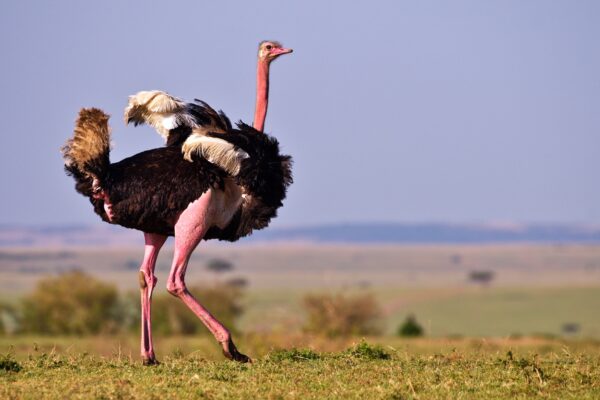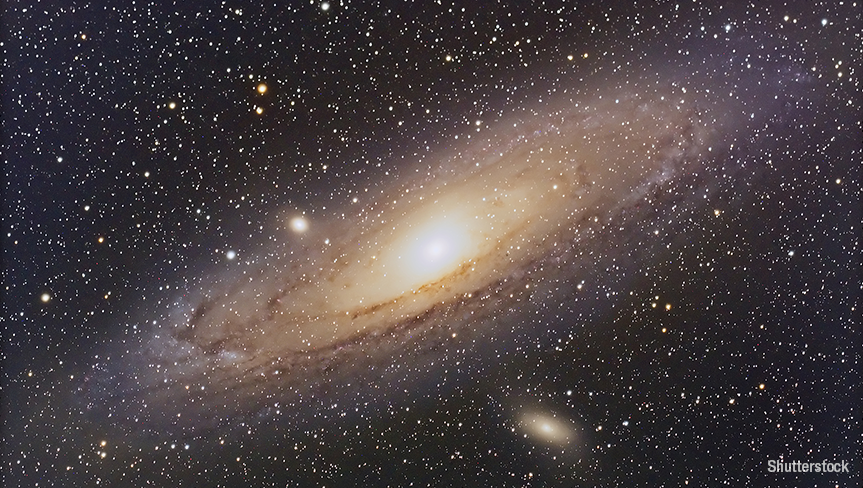
Which is the fastest running bird?
Ostrich is the fastest running bird. An ostrich can run upto 70 kilometres per hour. The stride of an ostrich can cover as much as 3–5 metres in a single leap.


Ostrich is the fastest running bird. An ostrich can run upto 70 kilometres per hour. The stride of an ostrich can cover as much as 3–5 metres in a single leap.

Prof. Henrich Focke, a German inventor, devised the first practical helicopter called the Focke-Wulf Fw 16, which was successfully flown in 1936. By 1938 it set many world records for altitude, speed and flight duration. It could be flown by a pilot after only one hour of pilot briefing.

A raindrop falls on the earth with varying speeds depending on its size and weight. The gravity acts on the falling raindrop and the drop picks up speed. But due to air resistance, which is generally proportional to the velocity, the raindrops attain a terminal speed. A larger raindrop would fall much faster at 9…

Andromeda, the galaxy closest to the Milky Way, is about 2.5 million light years away. To travel in space, we need to achieve the speed of light, which is about 3,00,000 kilometres per second. Even at that great speed, it will take us about 2 million years (not 2.5 million years due to an effect called…